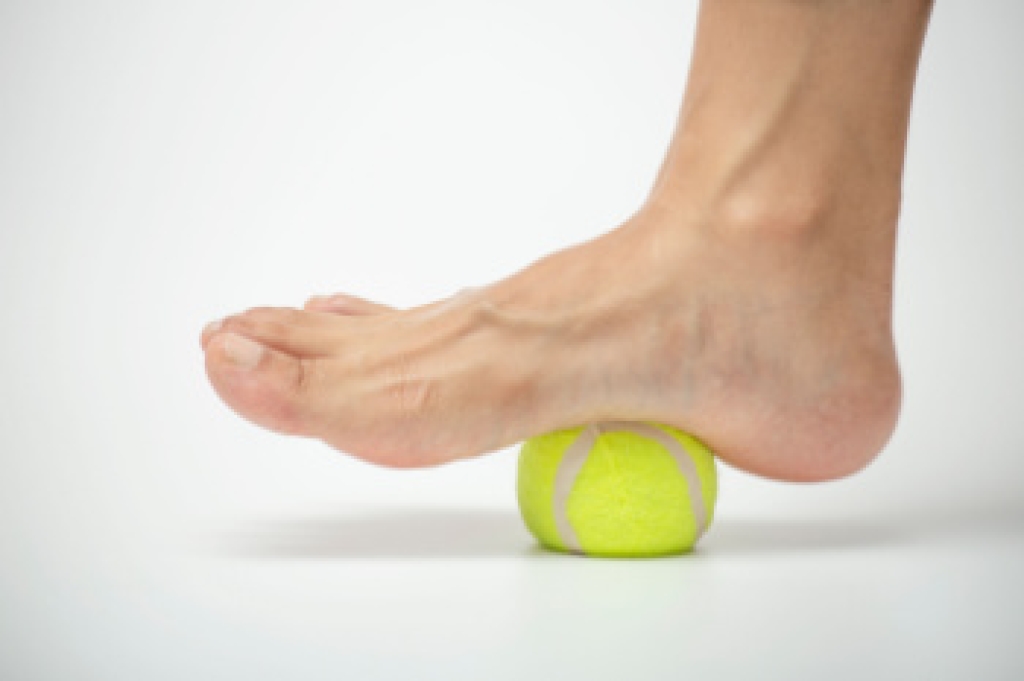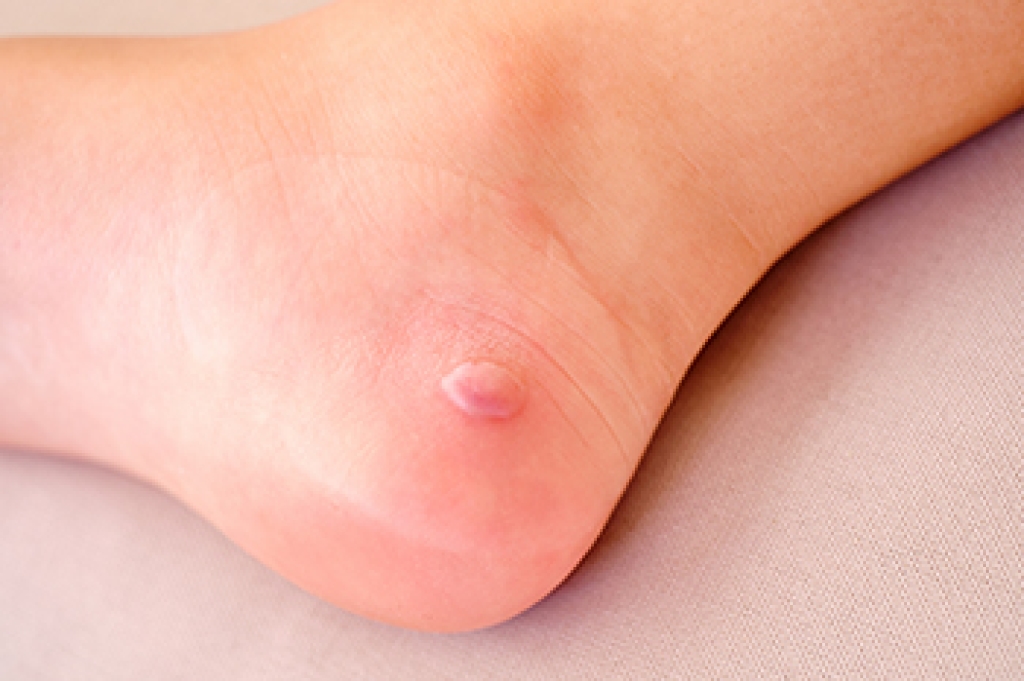
Plantar fasciitis is a common cause of heel and arch discomfort that can interfere with daily movement and comfort. Targeted exercises can help relieve pain by improving flexibility, strength, and support in the foot and lower leg. The gastrocnemius stretch is performed by standing with one leg behind the other and gently leaning forward to stretch the upper calf, which helps reduce strain on the heel. The soleus stretch is done in a similar position with the back knee slightly bent to target deeper calf muscles that affect walking mechanics. Additionally, a plantar fascia stretch can be performed by pulling the toes back toward the shin while seated to stretch the tissue along the bottom of the foot. Strengthening exercises such as the short foot exercise involve gently lifting the arch without curling the toes, while marble pick ups require grasping small objects with the toes to improve muscle control. If you have heel pain, it is suggested that you consult a podiatrist who can accurately plantar fasciitis, and guide you toward additional pain-relieving techniques.
Exercising your feet regularly with the proper foot wear is a great way to prevent injuries and build strength. If you have any concerns about your feet, contact Paul Potach, DPM from Illinois . Our practitioner can provide the care you need to keep you pain-free and on your feet.
Exercise for Your Feet
Exercise for your feet can help you gain strength, mobility and flexibility in your feet. They say that strengthening your feet can be just as rewarding as strengthening another part of the body. Your feet are very important, and we often forget about them in our daily tasks. But it is because of our feet that are we able to get going and do what we need to. For those of us fortunate enough to not have any foot problems, it is an important gesture to take care of them to ensure good health in the long run.
Some foot health exercises can include ankle pumps, tip-toeing, toe rises, lifting off the floor doing reps and sets, and flexing the toes. It is best to speak with Our practitioner to determine an appropriate regimen for your needs. Everyone’s needs and bodies are different, and the activities required to maintain strength in the feet vary from individual to individual.
Once you get into a routine of doing regular exercise, you may notice a difference in your feet and how strong they may become.
If you have any questions, please feel free to contact our offices located in Wheeling and Berwyn, IL . We offer the newest diagnostic and treatment technologies for all your foot care needs.





